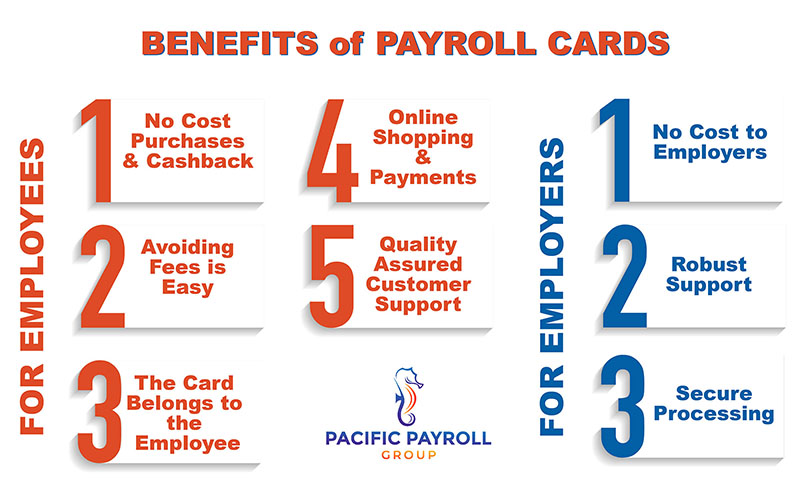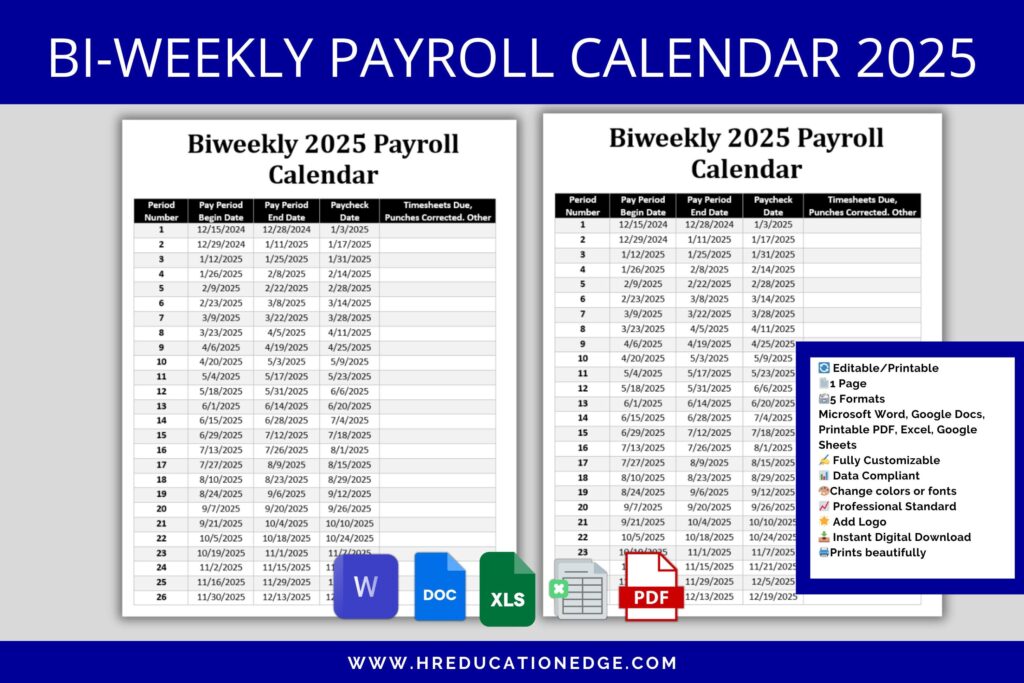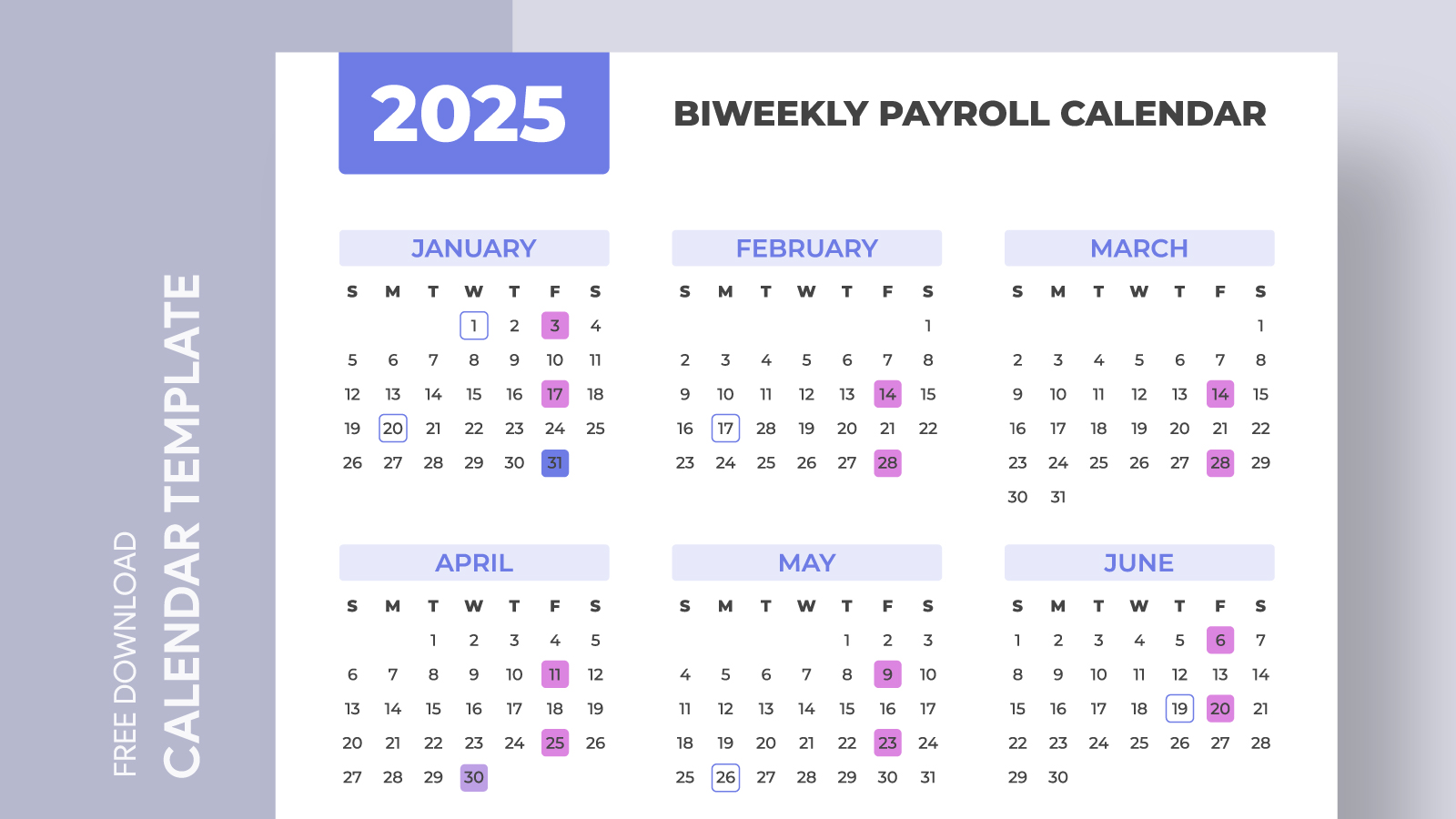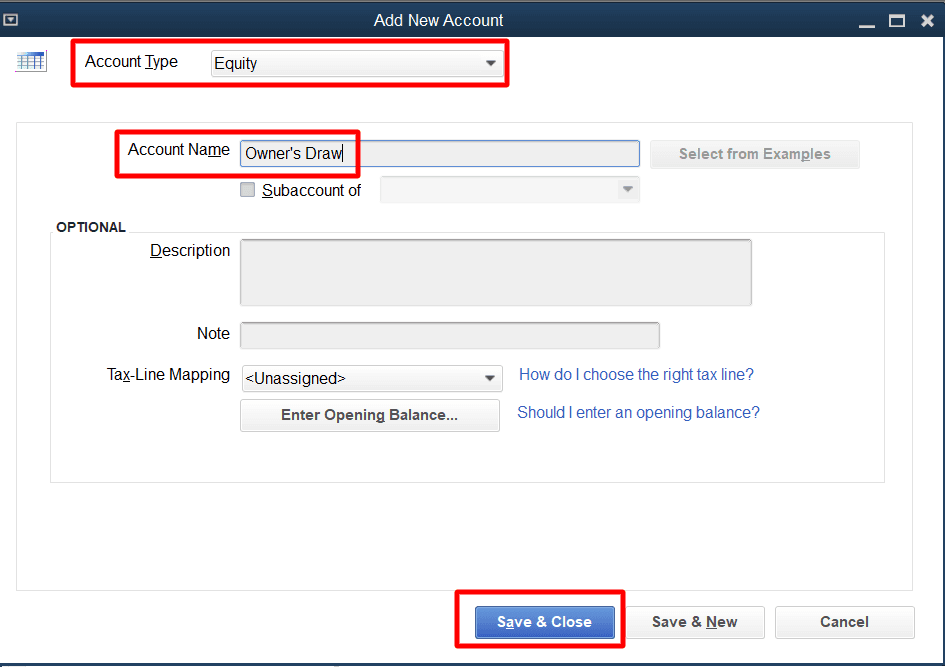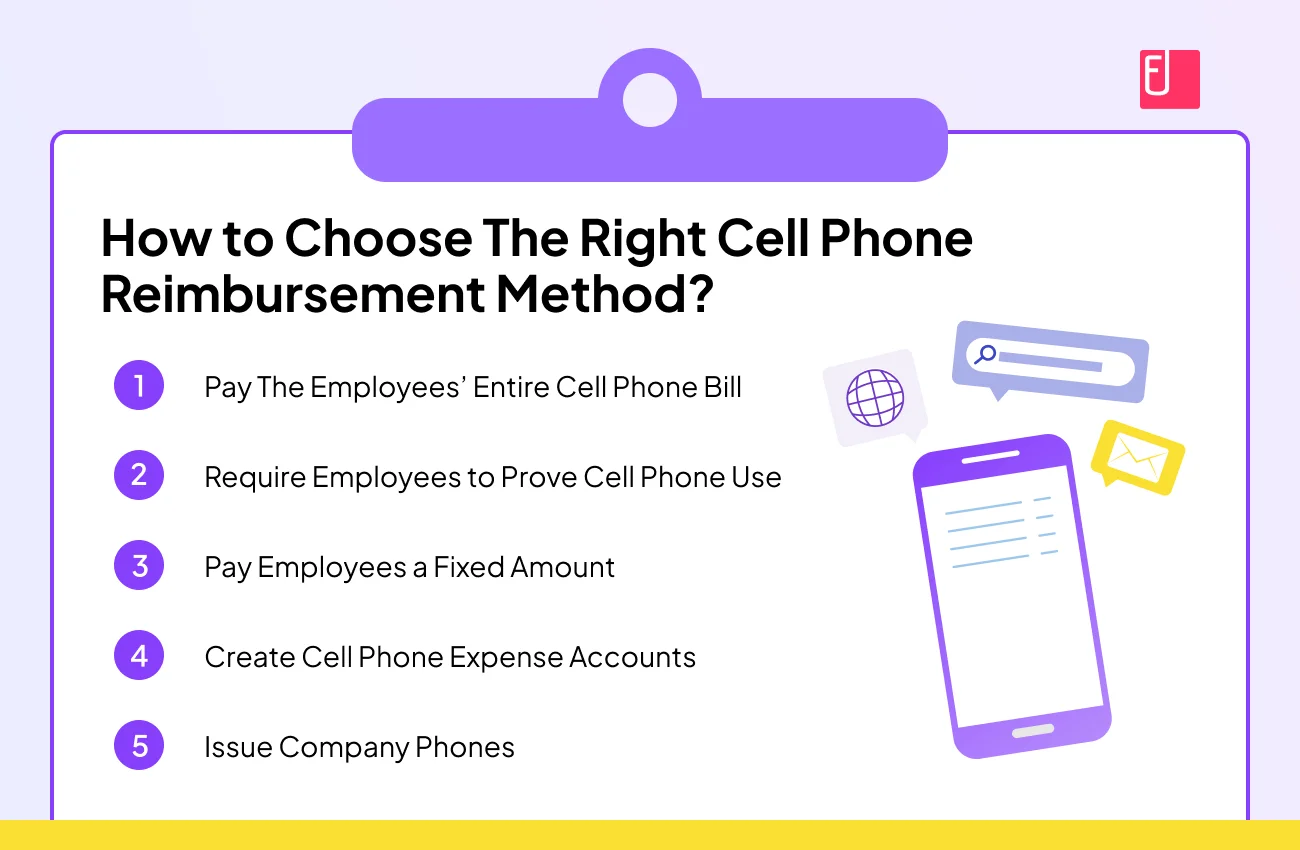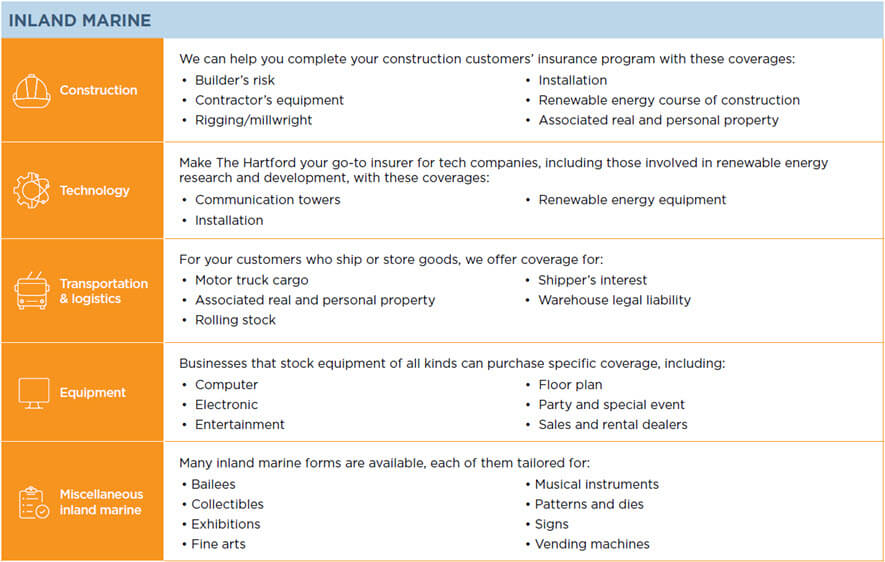The Employee Retention Credit (ERC) is a vital financial lifeline for businesses affected by the pandemic. As the IRS processes ERC claims, businesses eagerly await their refunds. The ERC refund processing time in 2024 is a pressing concern for many. With the IRS facing a substantial backlog of claims, the wait time is uncertain. Understanding the current processing timeline and factors influencing it can help businesses plan and manage their finances effectively, alleviating some of the uncertainty surrounding this critical tax relief measure. Processing times vary based on several key factors.
Understanding ERC Refund Processing Time in 2024
The Employee Retention Credit (ERC) is a vital tax credit introduced to support businesses during the COVID-19 pandemic. As we step into 2024, many are curious about the ERC refund processing time. The processing time is influenced by several factors including the complexity of the claim, the workload of the IRS, and the accuracy of the information provided in the claim.
Factors Influencing ERC Refund Processing Time
Several factors can affect how long it takes for the IRS to process ERC refunds. These include the volume of claims, the accuracy of the claim, and the IRS’s workload. Claims with inaccurate or missing information can lead to significant delays as they may be rejected or sent back for correction.
Average Processing Time for ERC Refunds
Historically, the IRS has taken several months to process ERC claims. As of the latest updates, claims can take anywhere from 5 to 12 months to be processed. However, this timeframe can vary based on the factors mentioned earlier.
| Processing Time (Months) | Claim Status |
|---|---|
| 0-3 | Initial Review |
| 3-6 | Verification and Validation |
| 6-12 | Refund Issuance |
How to Check the Status of Your ERC Refund
To check the status of your ERC refund, you can use the IRS’s online tools or contact them directly. It’s essential to have your claim reference number and tax identification number ready to facilitate the inquiry.
Tips to Expedite Your ERC Refund
To potentially expedite your ERC refund, ensure that your claim is accurate and complete. Filing electronically can also reduce processing time. Additionally, responding promptly to any IRS inquiries regarding your claim can help avoid delays.
Common Reasons for ERC Refund Delays
Delays in ERC refunds can occur due to incomplete information, eligibility issues, or a high volume of claims. Ensuring that your claim is thorough and accurate can mitigate the risk of these delays.
| Reason for Delay | Prevention Strategy |
|---|---|
| Incomplete Information | Double-check your claim for accuracy |
| Eligibility Issues | Ensure you meet the ERC eligibility criteria |
| High Volume of Claims | File your claim early to avoid peak season delays |
What is the ERC processing update for 2024?
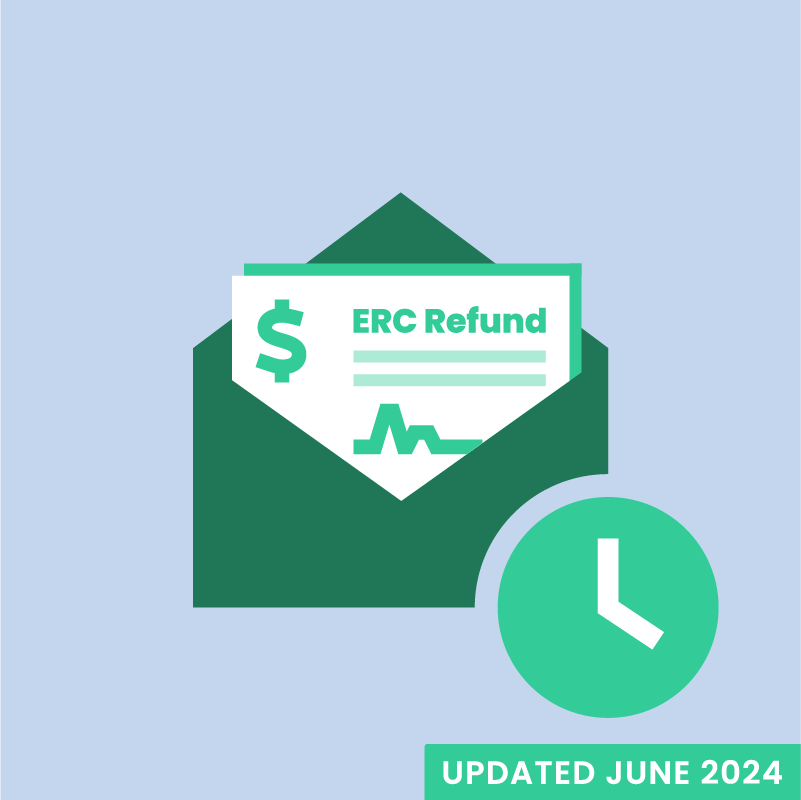
The ERC processing update for 2024 involves several key developments and changes in the Employee Retention Credit (ERC) program, a crucial aspect of COVID-19 relief for businesses. The ERC is a refundable tax credit against certain employment taxes equal to 50% or 70% of the qualified wages an eligible employer pays to its employees.
Changes in ERC Processing for 2024
The IRS has been working to improve the processing of ERC claims, addressing the backlog and complexity associated with these claims. Processing Time has been a significant concern, with the IRS facing a substantial number of claims. To manage this, the IRS has implemented measures to streamline the process, including enhancing their processing systems and hiring more staff to handle the volume of claims.
- The IRS has been focusing on improving the accuracy of ERC claims processing to prevent fraudulent claims and ensure that legitimate claims are processed efficiently.
- Enhanced documentation requirements have been put in place to support the claims, reducing the likelihood of delays or rejections due to incomplete information.
- Employers are advised to stay updated with the latest IRS guidelines and adjustments to the ERC program to ensure compliance and to be aware of any new developments that might affect their claims.
Eligibility and Claim Status Updates
For the 2024 ERC processing update, eligibility criteria remain a critical aspect. Employers must understand the eligibility requirements and ensure they meet the necessary conditions to qualify for the ERC. The IRS continues to provide updates on the status of claims, and employers can check the status of their claims through the IRS website.
- Employers should be aware of the specific quarters for which they are claiming the ERC, as eligibility can vary by quarter based on the business’s operational status and other factors.
- Documentation is key to supporting ERC claims, including records of wages, health plan expenses, and other relevant financial information.
- The IRS has emphasized the importance of accurate calculations to avoid errors that could lead to delays or audits.
Compliance and Audit Considerations
As the IRS processes ERC claims, there is an increased focus on compliance and audit readiness. Employers should be prepared for potential audits by maintaining thorough records and ensuring their claims are accurate and comply with IRS guidelines.
- Employers should review IRS guidance regularly to stay informed about compliance requirements and any changes to the ERC program.
- Professional assistance may be beneficial for employers navigating the complexities of ERC claims and compliance.
- Maintaining detailed records is essential for supporting ERC claims and demonstrating compliance with IRS regulations.
How long is the ERC waiting time?
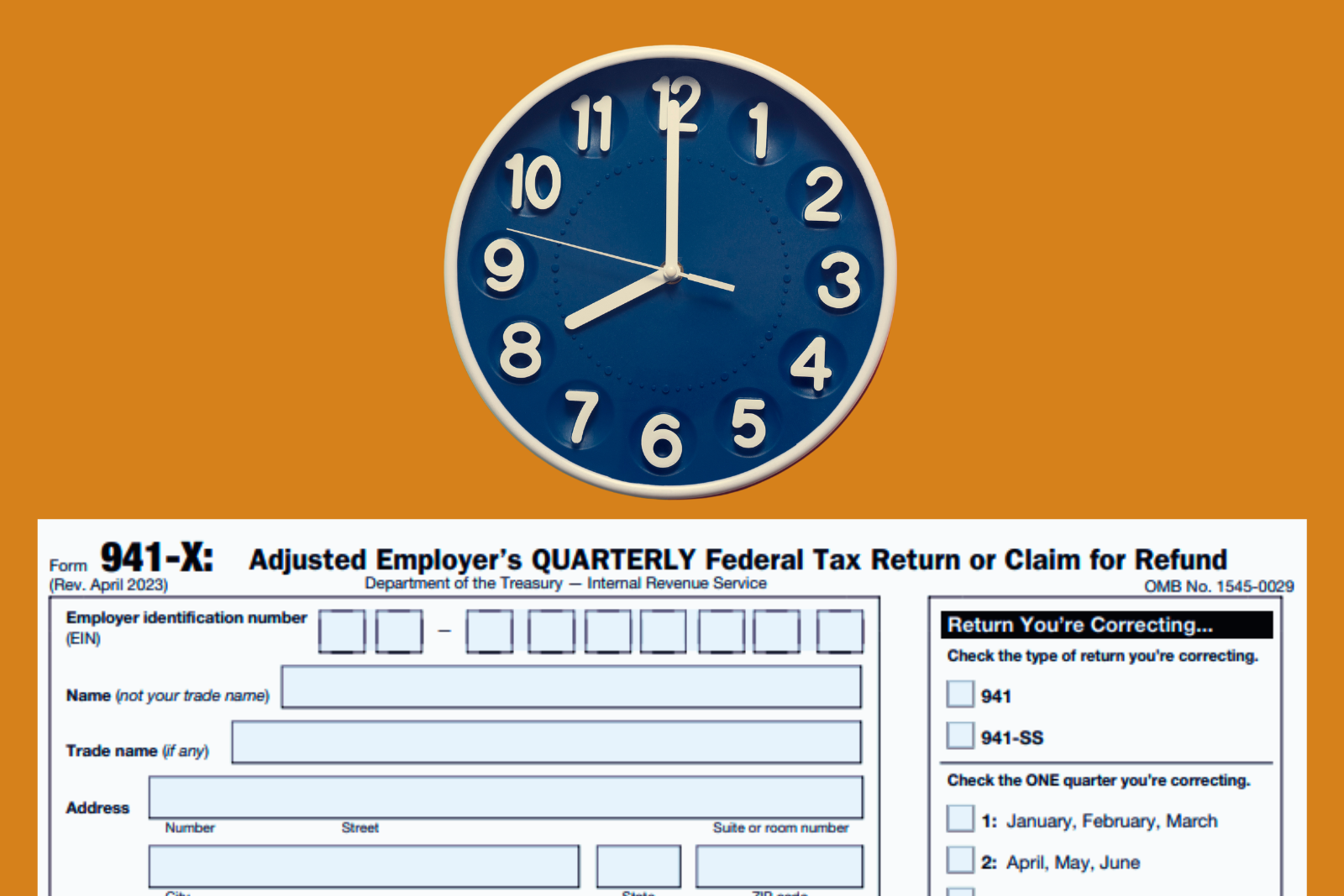
The ERC (Employee Retention Credit) waiting time varies depending on several factors, including the complexity of the claim, the workload of the IRS, and the accuracy of the information provided. Generally, the IRS processes ERC claims in the order they are received, and the processing time can take several months.
Factors Affecting ERC Waiting Time
The waiting time for ERC claims is influenced by several factors, including the complexity of the claim, the IRS workload, and the accuracy of the information provided. Claims that are more complex or require additional review may take longer to process. The IRS workload can also impact processing times, as a high volume of claims can cause delays.
- The completeness of the claim is crucial in determining the waiting time, as incomplete claims may be delayed or rejected.
- The IRS staffing levels can also impact processing times, as a shortage of staff can lead to delays.
- The claimant’s responsiveness to IRS requests for additional information can also affect the waiting time.
ERC Claim Processing Stages
The ERC claim processing involves several stages, including initial review, verification, and payment. During the initial review, the IRS checks the claim for completeness and accuracy. The verification stage involves verifying the information provided, and the payment stage involves issuing the credit or refund.
- The initial review stage typically involves checking the claim for completeness and accuracy.
- The verification stage involves verifying the information provided, which may include requesting additional documentation.
- The payment stage involves issuing the credit or refund, which can be applied to outstanding tax liabilities or refunded to the taxpayer.
Tips for Reducing ERC Waiting Time
To reduce the waiting time for ERC claims, it is essential to ensure that the claim is accurate and complete. Claimants should also respond promptly to IRS requests for additional information. Additionally, claimants can consider working with a qualified tax professional to ensure that the claim is prepared correctly.
- Ensure accuracy when preparing the claim to avoid delays or rejection.
- Respond promptly to IRS requests for additional information to avoid delays.
- Work with a qualified tax professional to ensure that the claim is prepared correctly and to receive guidance on the claims process.
How long does it take to get a tax refund 2024?

The time it takes to receive a tax refund in 2024 can vary depending on several factors, including the method of filing, the complexity of the return, and the speed at which the IRS processes the refund.
Factors Affecting Refund Processing Time
The processing time for a tax refund is influenced by several key factors. Filing method is one of the most significant factors, as e-filing is generally faster than paper filing. The accuracy and completeness of the tax return also play a crucial role, as returns with errors or missing information may be delayed.
- E-filing typically results in faster refunds compared to paper filing.
- Direct deposit is another factor that can expedite the refund process.
- Return complexity, such as claims for certain credits or deductions, can also impact processing time.
Refund Processing Timeline
The IRS typically issues most refunds within a certain timeframe after receiving a tax return. For e-filed returns, the IRS usually processes refunds within 21 days, although this can vary. For paper returns, the processing time is generally longer, often taking around 6-8 weeks or more.
- The IRS issues refunds for e-filed returns within 21 days in most cases.
- Paper returns take longer to process, often requiring 6-8 weeks.
- Returns with errors or issues may be delayed beyond these general timelines.
Tracking Your Refund Status
Taxpayers can track the status of their refund using the IRS’s online tools or by contacting the IRS directly. The Where’s My Refund? tool on the IRS website provides updates on the status of a refund.
- Use the Where’s My Refund? tool on the IRS website to track your refund.
- Refund status updates are typically available within 24 hours of e-filing.
- For paper returns, it may take longer for the status to be updated.
How long are ERC claims taking?

The processing time for ERC (Employee Retention Credit) claims can vary significantly depending on several factors, including the complexity of the claim, the accuracy of the documentation provided, and the workload of the IRS. Generally, the IRS has indicated that it is taking around 6 to 9 months to process ERC claims, but some claims may take longer or shorter periods.
Factors Affecting ERC Claim Processing Time
The time it takes for the IRS to process an ERC claim is influenced by several key factors. Claim Complexity plays a significant role, as more complex claims require more time and scrutiny. Additionally, the Accuracy and Completeness of the submitted documentation can significantly impact processing time, as claims with incomplete or inaccurate information may be delayed or require additional review. Furthermore, the IRS Workload can also affect processing times, as a high volume of claims can lead to delays.
- The complexity of the claim, including the number of employees and the calculation of the credit
- The accuracy and completeness of the documentation provided, including payroll records and tax returns
- The workload of the IRS, including the volume of claims being processed
ERC Claim Processing Stages
ERC claims go through several stages before they are processed. The first stage involves the Initial Review, where the IRS checks for completeness and accuracy. The next stage is the Verification Process, where the IRS verifies the information provided, including the eligibility of the employer and the calculation of the credit. Finally, the IRS makes a Determination on the claim, which may result in approval, denial, or a request for additional information.
- Initial review of the claim for completeness and accuracy
- Verification of the information provided, including eligibility and credit calculation
- Determination on the claim, including approval, denial, or request for additional information
Tips for Expediting ERC Claims
To expedite the processing of ERC claims, employers can take several steps. Ensuring that the claim is Accurate and Complete is crucial, as this can prevent delays and requests for additional information. Employers should also Respond Promptly to any IRS requests for additional information, as this can help to keep the claim processing on track. Finally, working with a Qualified Tax Professional can help to ensure that the claim is prepared correctly and that any issues are addressed promptly.
- Ensure that the claim is accurate and complete, with all required documentation
- Respond promptly to any IRS requests for additional information
- Work with a qualified tax professional to prepare and submit the claim
Frequently Asked Questions
What is the typical processing time for an ERC refund in 2024?
The processing time for an ERC (Employee Retention Credit) refund can vary significantly depending on several factors, including the complexity of the claim, the accuracy of the submitted information, and the current workload of the IRS. Generally, the IRS has indicated that it is working to process ERC claims as efficiently as possible, but claimants should be prepared to wait. As of the latest updates, some ERC refunds are being processed within a few months, while others may take longer, potentially extending into 2025. It’s essential for claimants to ensure their applications are complete and accurate to avoid unnecessary delays.
How can I check the status of my ERC refund?
To check the status of your ERC refund, you will need to contact the IRS directly. The IRS may provide updates through their official website or by contacting their customer service hotline. Claimants should be prepared to provide their claim identification number or other relevant details to facilitate the inquiry. It’s also advisable to keep a record of any correspondence or reference numbers provided by the IRS for future reference. Utilizing the IRS’s online tools or speaking with a representative can help you stay informed about the progress of your claim.
What factors can influence the processing time of my ERC refund?
Several factors can influence the processing time of your ERC refund, including the completeness and accuracy of your application, the IRS’s workload, and the complexity of your claim. Ensuring that your application is thoroughly prepared and submitted with all required documentation can help minimize delays. Additionally, the IRS may prioritize certain claims over others based on their eligibility criteria and the date of receipt. Staying informed about IRS updates and guidance on ERC claims can also be beneficial in managing expectations regarding processing times.
Can I expedite the processing of my ERC refund?
Expedited processing for ERC refunds is generally not available through standard IRS procedures, as the agency processes claims on a first-come, first-served basis. However, ensuring that your claim is accurate, complete, and submitted with all necessary documentation can help prevent unnecessary delays. In some cases, consulting with a tax professional or an ERC specialist can be beneficial in optimizing your claim for processing. They can help identify potential issues and ensure that your application is presented in the best possible manner to the IRS.
![2024 ERC Refund Delays [Updated] | The 1st Capital Courier](https://hrforsmb.com/wp-content/uploads/2025/05/erc-refund-processing-time-2024-how-long-will-you-wait.png)
